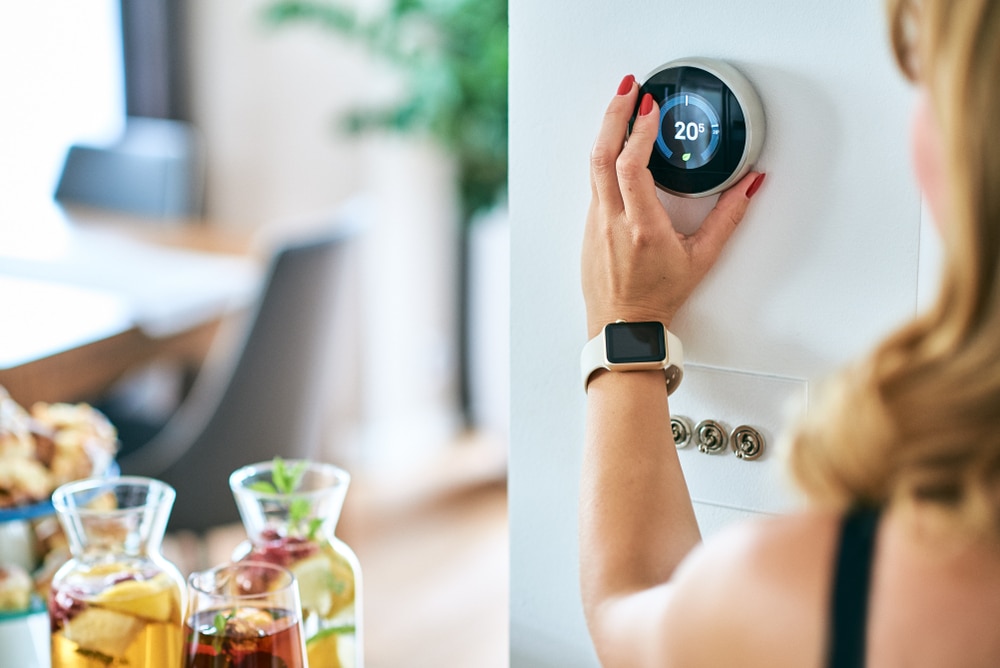
You may consider investing in house improvements if you are moving to a new home. Fortunately, several low-cost solutions are available to help you meet your energy-saving objectives. Here are a few:
OR
Your credit card will not be charged until the day of delivery.
Free Cancellation upto 24 hours prior to delivery
your reservation is complete. check your email for your reservation receipt
Published: July 15, 2022
You may consider investing in house improvements if you are moving to a new home. Fortunately, several low-cost solutions are available to help you meet your energy-saving objectives. Here are a few:
Insulated homes use less heating and cooling energy since they are more comfortable. A contractor or a plumber can fill the empty framed cavity with cellulose blown into it or loose-fill foam insulation sprayed between roof joists (this is sometimes known as open-cell spray foam). Whether you hire someone to blow cellulose into the empty framed cavity or have a plumber do it for you, insulating your home’s walls is simple.
If you enjoy working with your hands, consider installing rigid foam insulation outside of walls and/or rafters or joists. To minimize chemical exposure and enhance your health and the environment, utilize low-VOC or non-toxic insulating materials.
Drafty windows and ill-fitting doors can cause your heating and cooling equipment to work harder than necessary, resulting in energy loss. Weatherstripping the openings around your doors and windows will help you save money on your energy bills over time by preventing these leaks.
You may also want to consider installing Low-E window film or adding storm windows to further improve the energy efficiency of your home’s windows.
There are several simple and inexpensive passive solar design ideas to utilize, ranging from south-facing windows that allow in plenty of light throughout the winter to overhangs that provide shade during the summer.
You may use Low-E windows and skylights to let in natural light during the day while providing privacy at night. These can help you cut back on artificial lighting and heating/cooling systems, saving you money on your energy bills and making your house more pleasant all year.
A programmable thermostat may help you save money on your energy bills by allowing you to tailor the temperature for specific times of day or week. For example, you might set it to lower the temperature when you’re away from home or sleeping and raise it again shortly before waking up or returning.
This way, you’re not paying to heat or cool an empty house, yet your home will be comfortable and energy-efficient when you return.
Overall, many low-cost methods exist to energy-proof your new home, from basic insulation and weatherstripping techniques to passive solar design elements and programmable thermostats. You may use these and other techniques to ensure that your house is both comfortable and efficient in the short and long term.
For more tips on moving and storing your belongings, check out the UNITS Moving and Portable Storage blog!
Call
Our local owners and managers are ready to assist you in what you’ll soon be calling your easiest move yet. Get started today by filling out our online quote form.